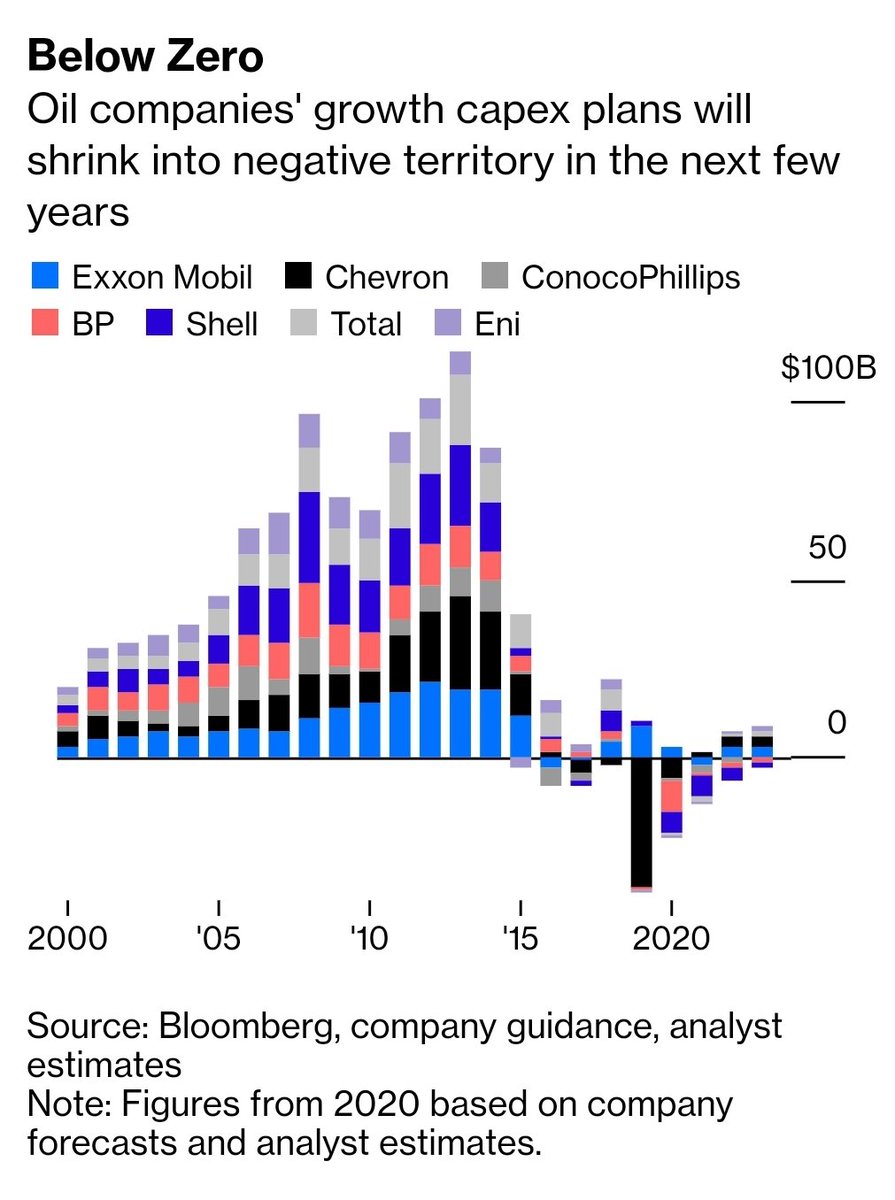
The problem with China's plans to shut down crypto mining?
Bitcoin is now Too Big To Fail in Xinjiang, where Beijing wants the economy running hot to distract from its oppression of Muslim minorities:
bloomberg.com/opinion/articl…
Bitcoin is now Too Big To Fail in Xinjiang, where Beijing wants the economy running hot to distract from its oppression of Muslim minorities:
bloomberg.com/opinion/articl…
Quick way to show this:
BTC ⚡ consumption: ~120TWh digiconomist.net/bitcoin-energy…
Xinjiang share of hashrate: ~1/3 ie 40TWh: cbeci.org/mining_map
Xinjiang ⚡ generation: 400TWh: xinhuanet.com/english/2021-0…
So Bitcoin mining alone is about 10% of Xinjiang's electricity consumption.


BTC ⚡ consumption: ~120TWh digiconomist.net/bitcoin-energy…
Xinjiang share of hashrate: ~1/3 ie 40TWh: cbeci.org/mining_map
Xinjiang ⚡ generation: 400TWh: xinhuanet.com/english/2021-0…
So Bitcoin mining alone is about 10% of Xinjiang's electricity consumption.



That's not counting what is spent on cooling data centers (substantial in the hot summers, though a lot of mines are moved to Sichuan in those months to take advantage of cheap hydro) or what is spent on non-Bitcoin crypto.
It also doesn't account for the fact that Xinjiang's mines are likely less efficient because its cheap ⚡ costs make it a good place to send old chips that can't make $$$ elsewhere.
An accident at a single Xinjiang coal mine last month caused a 1/3 drop in the global hashrate:
An accident at a single Xinjiang coal mine last month caused a 1/3 drop in the global hashrate:

Xinjiang is very dependent on its energy industry because its coal is by far the cheapest in China, costing about half of what you pay in a coastal industrial province like Shandong.
Xinjiang is a major player in the *global* markets for aluminium and polysilicon for solar panels — both archetypal electricity-hungry industries.
It also exports about 1/4 of its electricity to the rest of China via transmission lines. bloomberg.com/graphics/2021-…
It also exports about 1/4 of its electricity to the rest of China via transmission lines. bloomberg.com/graphics/2021-…
That's why I'm skeptical the latest announcement will spell the end for crypto in Xinjiang.
Beijing badly wants economic growth in Xinjiang because it hopes that will distract people from the crimes against humanity it's committing there.
nytimes.com/2021/05/10/wor…
Beijing badly wants economic growth in Xinjiang because it hopes that will distract people from the crimes against humanity it's committing there.
nytimes.com/2021/05/10/wor…
As this thread by a major Chinese mining platform demonstrates, growth and social stability always comes first in China.
If that's the case in Sichuan where they say their mines are, it's doubly true in Xinjiang:
If that's the case in Sichuan where they say their mines are, it's doubly true in Xinjiang:
https://twitter.com/btopmining/status/1397095949474824196?s=20
Look at that chart upthread again, and see how dramatically the hashrate responded to a genuine cut in Xinjiang power supply, and how little it responded to promises of a crackdown. 

That suggests to me that this latest crackdown will be like previous ones and the various crackdowns on synthetic opioid manufacturing: much promise, little delivery.
Bitcoin in Xinjiang is now Too Big To Fail. (ends)

Bitcoin in Xinjiang is now Too Big To Fail. (ends)


• • •
Missing some Tweet in this thread? You can try to
force a refresh






